Does Biden Actually Control Inflation? Inflation Rates Under Each U.S. President
While there are certainly many issues on the average American mind today, one of the most influential realities is the current state of inflation throughout the country. Many Americans are finding it hard to pay their bills, let alone save or buy a house.
And many wonder just how much influence the president has over the country’s inflation rates. It’s important to understand that whoever is sitting in the Oval Office certainly can affect the nation’s inflation; however, it’s not the only factor.
What Is Inflation?
The word “inflation” is tossed around quite a bit, but many Americans don’t actually know what it means. Inflation is defined as the rise in prices alongside the fall in the purchasing value of money.
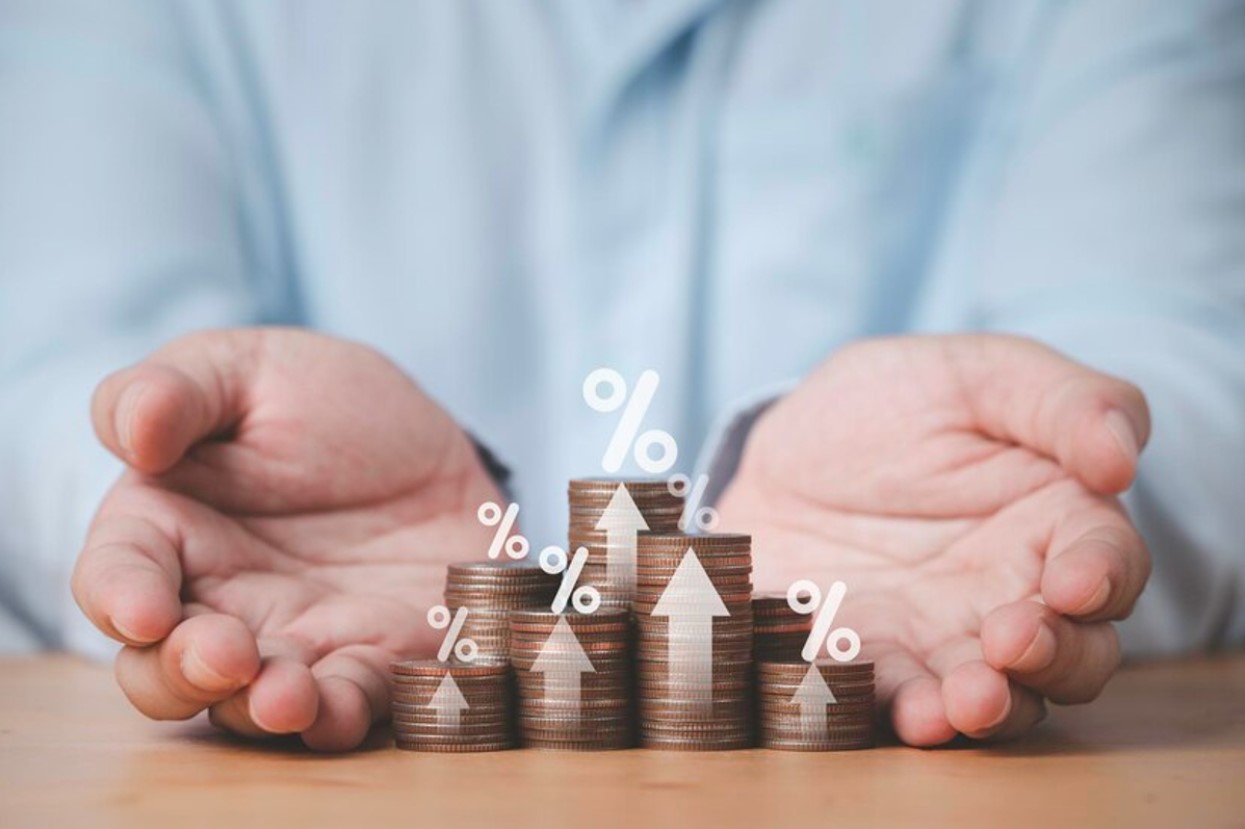
Source: Freepik
Essentially, that means with higher inflation, consumer goods and services become more expensive, and the money one has becomes less valuable.
The Federal Reserve Works to Curtail High Inflation Rates
When inflation gets too high, the US Federal Reserve sets to work using monetary policies to slow the economy, influence interest rates, and stabilize the dollar. The Federal Reserve attempts to keep inflation at about 2% no matter what, but it’s not always easy.
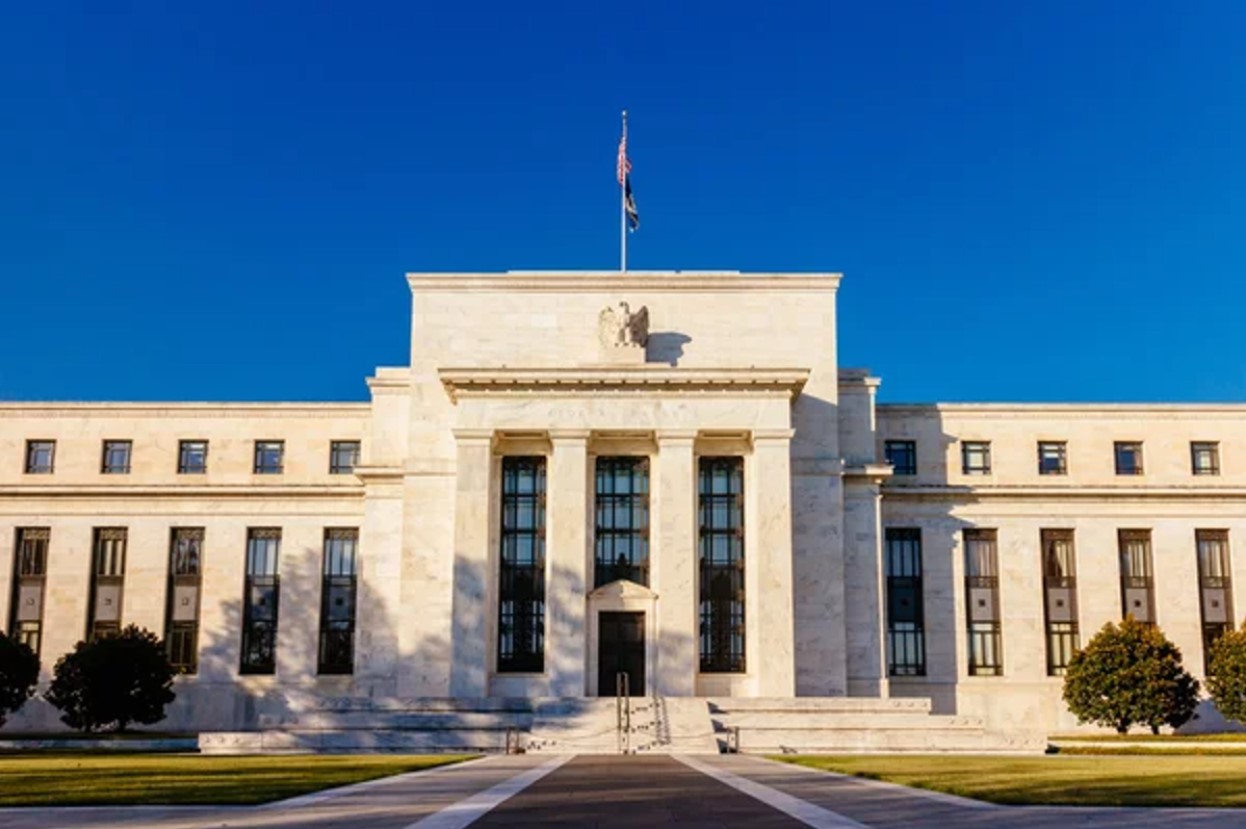
Source: Depositphotos
As of April 2024, the US inflation rate is 3.5%, almost double what it should be. Many Americans feel as though their great nation is more expensive than ever before. However, it’s crucial to understand the history of US inflation rates, specifically how they shrank and grew with several influential presidents.
Jimmy Carter: 9.9%
From 1977 to 1981, Jimmy Carter led the USA, and although he was considered a decent, hardworking man, there is some debate as to whether he was a good president. During those four years, employment reached a record high of 21.98%, and the economy was in turmoil.
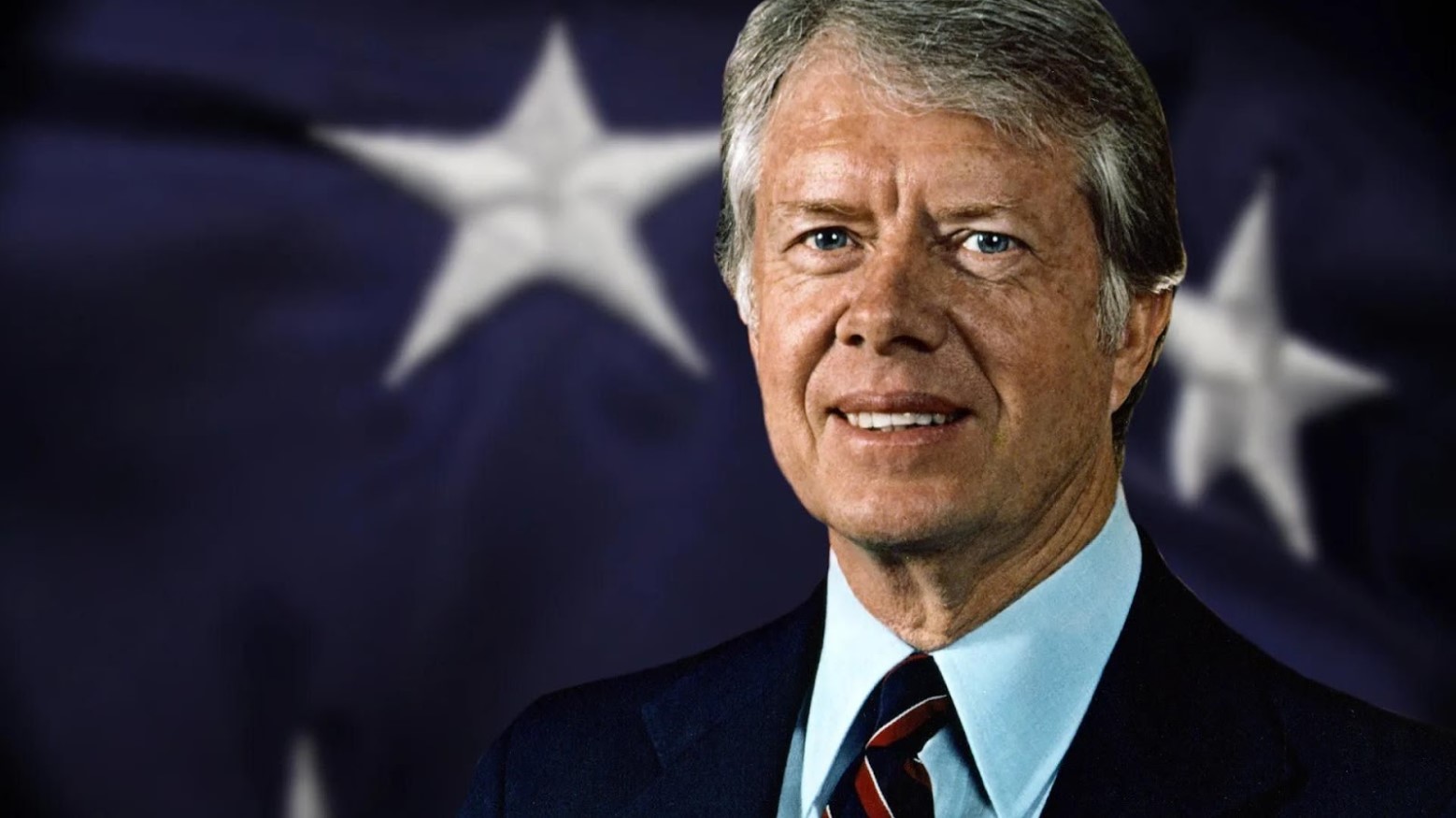
Source: Britannica
In fact, the average inflation rate for those years was extremely high at 9.9%, and in 1979, it reached an unfathomable 13%. Of course, there were issues during that time that were out of Carter’s control, but many say Carter made several mistakes that negatively affected the economy.
Richard Nixon: 5.7%
Richard Nixon is known for many things: A strong focus on foreign affairs, presiding over the Apollo 11 moon landing, and arguably most importantly, “Nixonomics.” From 1969 to 1973, Nixon attempted to pull America out of the economic crisis through government funding and devaluing the dollar, though his plan was not considered successful.
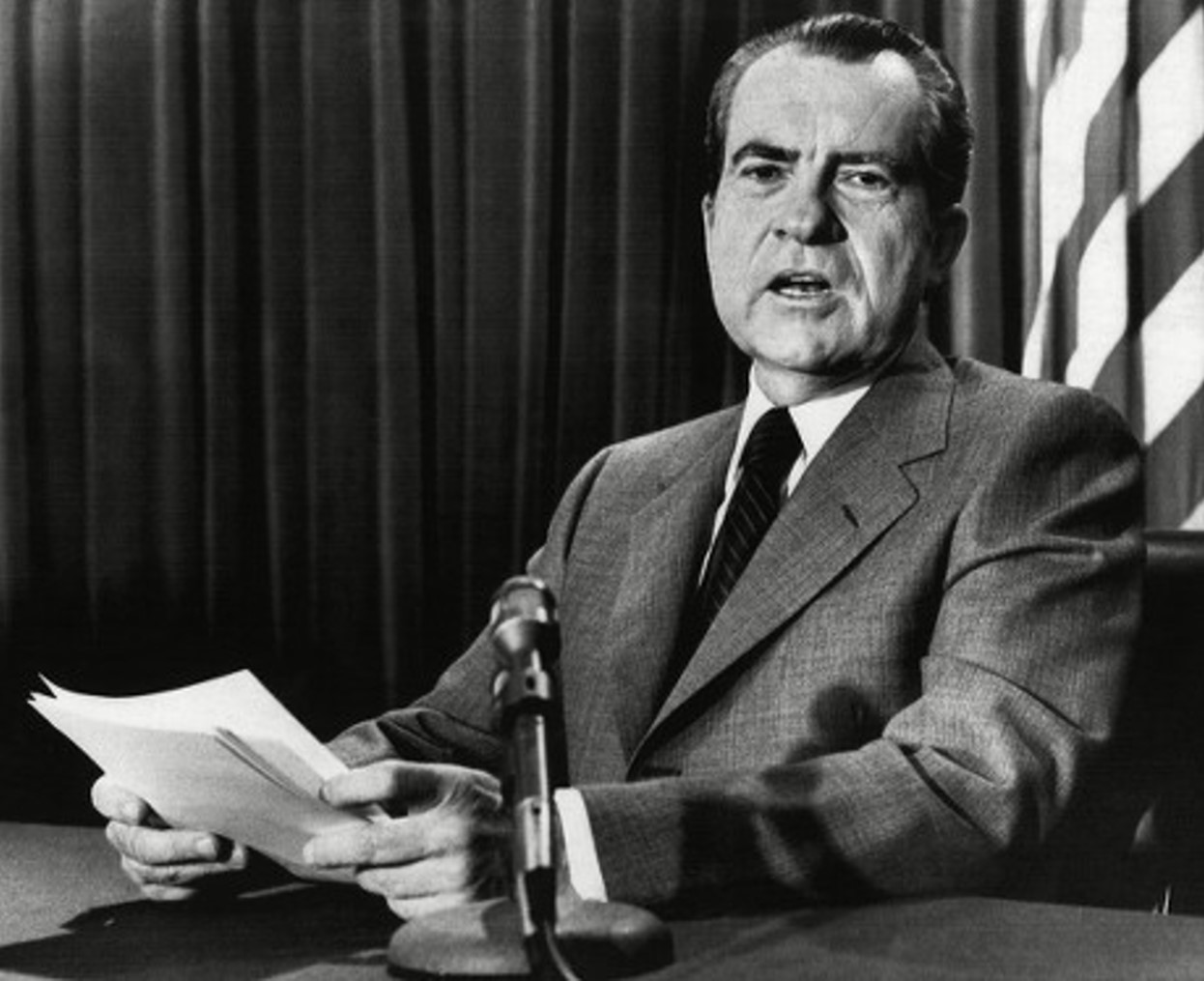
Source: Shutterstock
When Nixon was elected, the inflation rate was 5.46%, and over the course of his presidency, he kept inflation stagnant with an average of 5.7%. Which makes Nixon’s presidency the third highest inflation on this list.
Donald Trump: 1.9%
Nearly 50 years later, Donald Trump was another president to have his economic policies named after himself. “Trumponomics” focused on deregulation, aggressive trade restrictions, and tax cuts in order to increase economic growth.
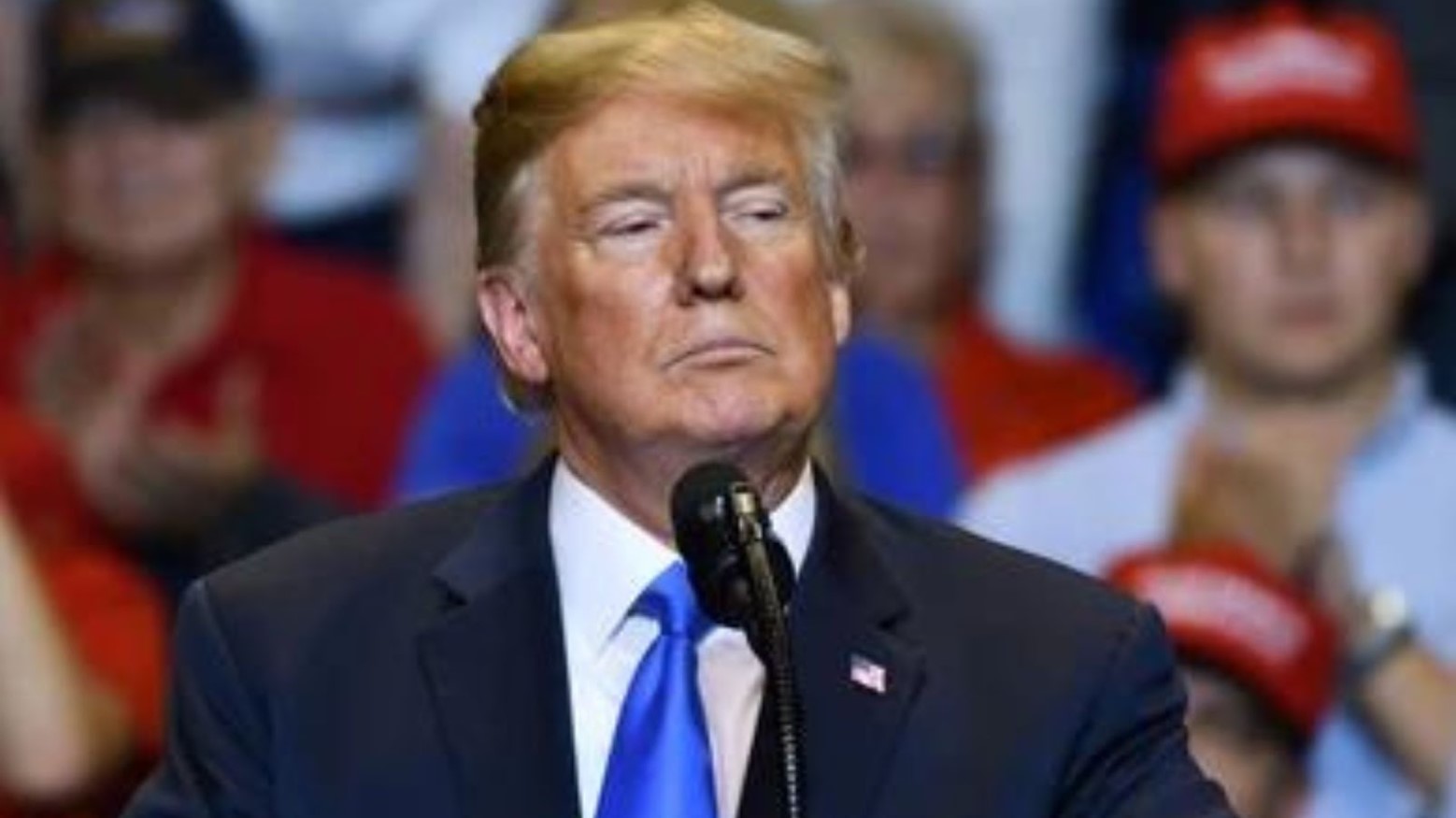
Source: Shutterstock
While Trump is unquestionably one of the most controversial presidents in US history, there’s no doubt he was able to decrease inflation, as the average from 2017 to 2021 was only 1.9%. However, some argue that the wealthy benefited far more from his policies than the average American.
Ronald Reagan: 4.6%
Ronald Reagan took over the Oval Office from Jimmy Carter, who had saddled him with an unfathomable 13% inflation rate in 1981. Reagan got right to work, trying to bring it down to a more manageable rate by offering tax cuts, decreasing social spending, and deregulating the market.
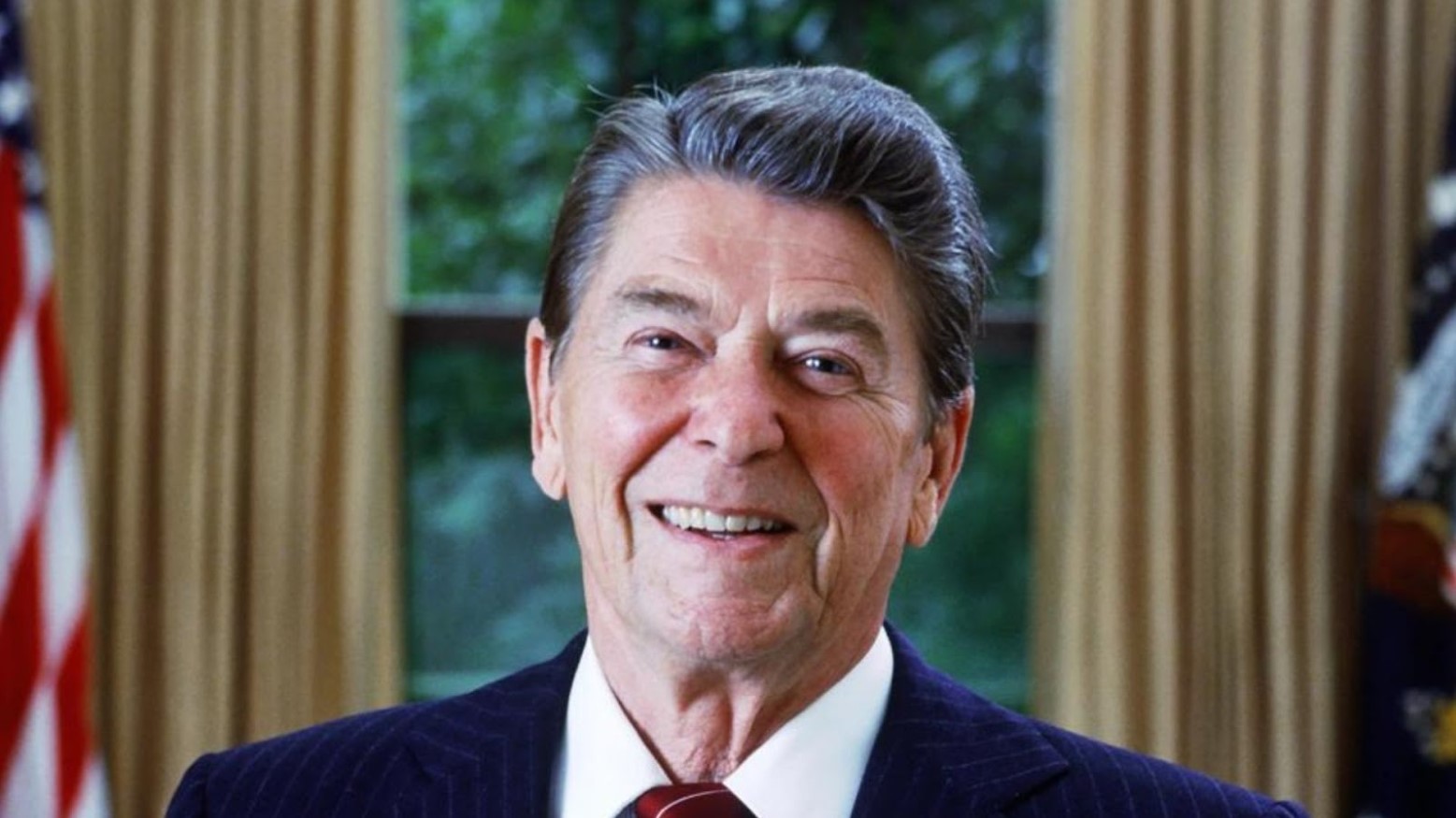
Source: Wiki Index
Reagan was certainly successful, as he was able to maintain an average inflation rate of 4.6% over those four years. Though, there are critics who argue that his tactics widened the wealth gap and increased the country’s national debt to a dangerous level.
Barack Obama: 1.4%
Few presidents have been as unproblematic as Barack Obama. Of course, there were people who didn’t support him, but through his eight years in office, Obama made very few dramatic mistakes.
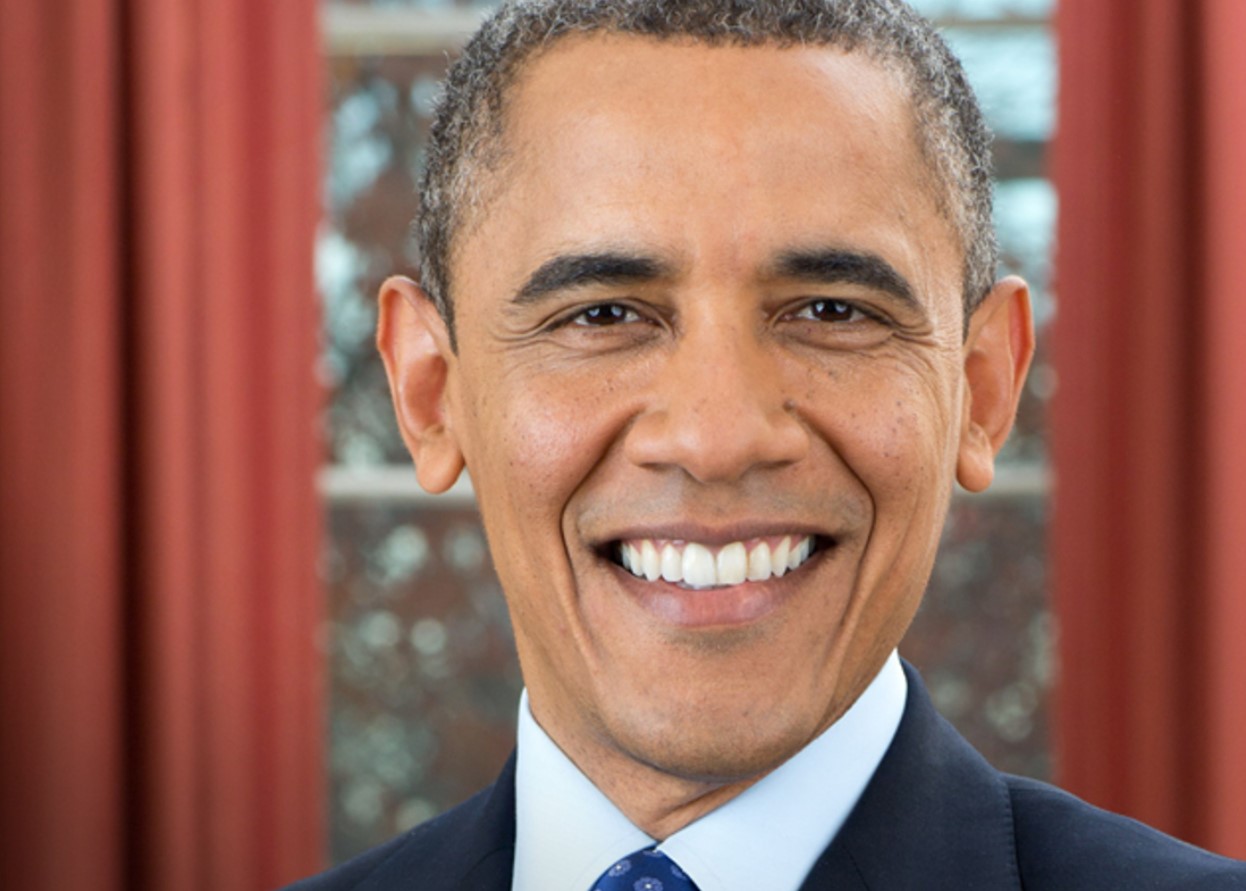
Source: White House
The inflation rate remained low throughout his two terms, with an average of 1.4%, but it was certainly hard work keeping it there. Obama inherited an economy in recession and spent tens of billions of government funding to fix the problem. While some financial experts question his economic decisions, most Americans were extremely grateful to be out of the 2008 mess.
Dwight D. Eisenhower: 1.4%
Dwight D. Eisenhower led the nation out of the Korean War, three separate recessions, and the start of the Civil Rights Movement. Those eight years from 1953 to 1961 were certainly hard on the American people, but Eisenhower has been praised for his ability to keep the economy as stable as was possible.
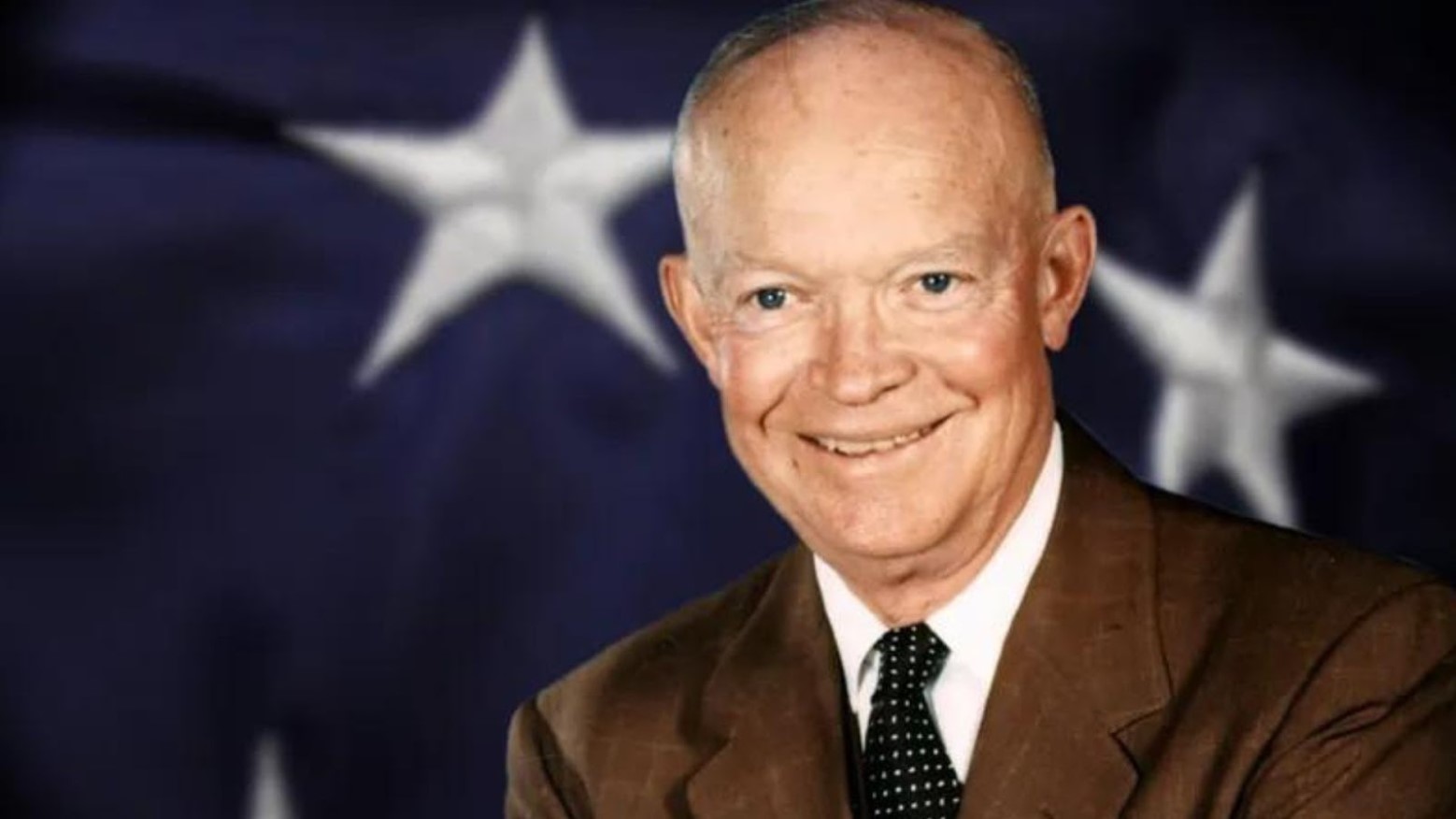
Source: Britannica
The Republican president focused on contractionary fiscal policies, maintaining a budget surplus, and keeping inflation low. Which he was able to do with an average rate of 1.4%.
John F. Kennedy: 1.1%
If Obama was known for his cool demeanor, Trump for his controversial comments, and Nixon for his economics, JFK was known for his good looks and charm. But the young president wasn’t just a pretty face.
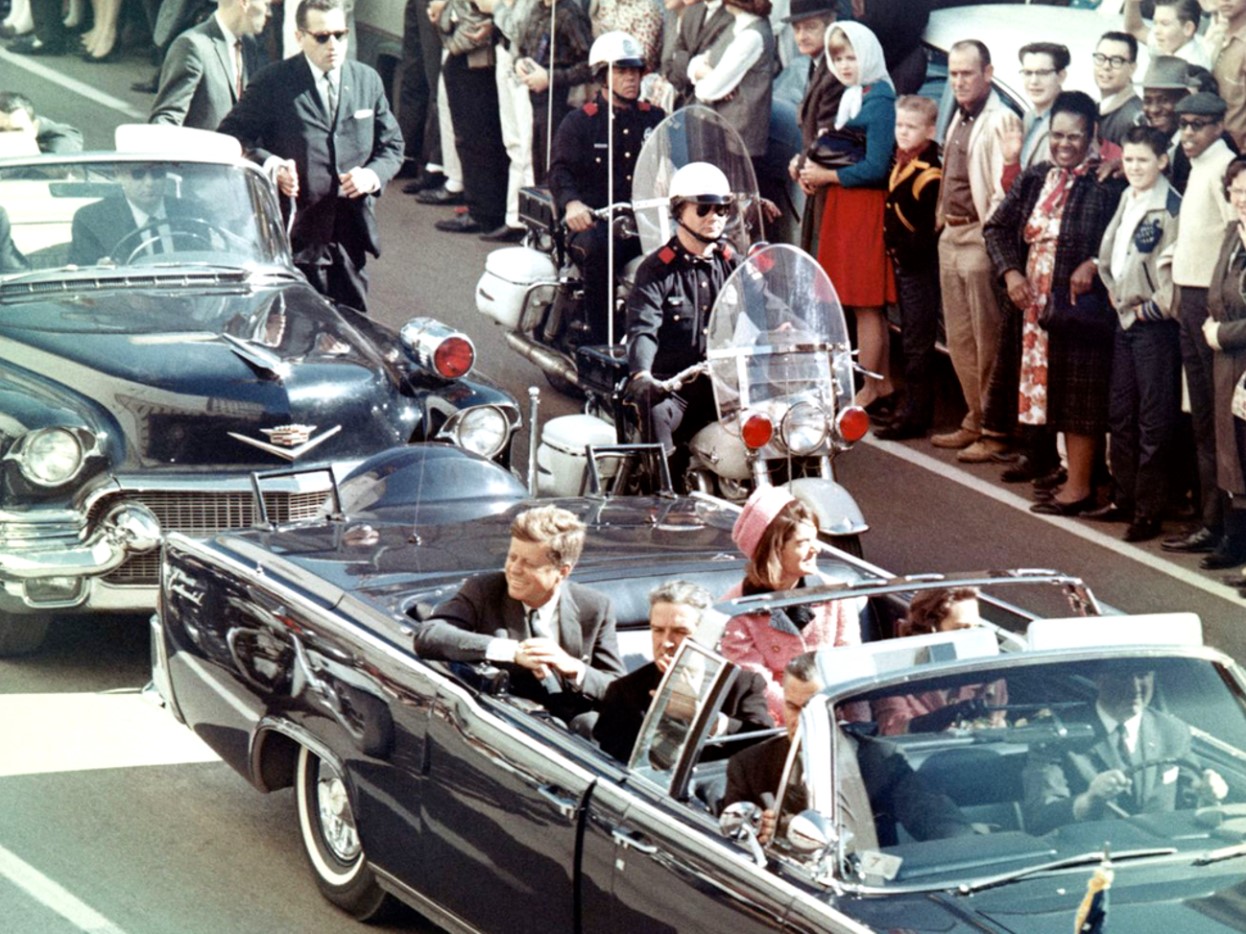
Source: Wikipedia
From 1961-1963, JFK kept the US economy extremely stable, with an average inflation rate of only 1.1%. He even helped end the recession of 1960 by cutting taxes and increasing government spending.
Bill Clinton: 2.6%
From 1993 to 2001, Bill Clinton had it pretty easy; he faced no major economic crises or recessions and was able to comfortably keep inflation at about 2.6%.
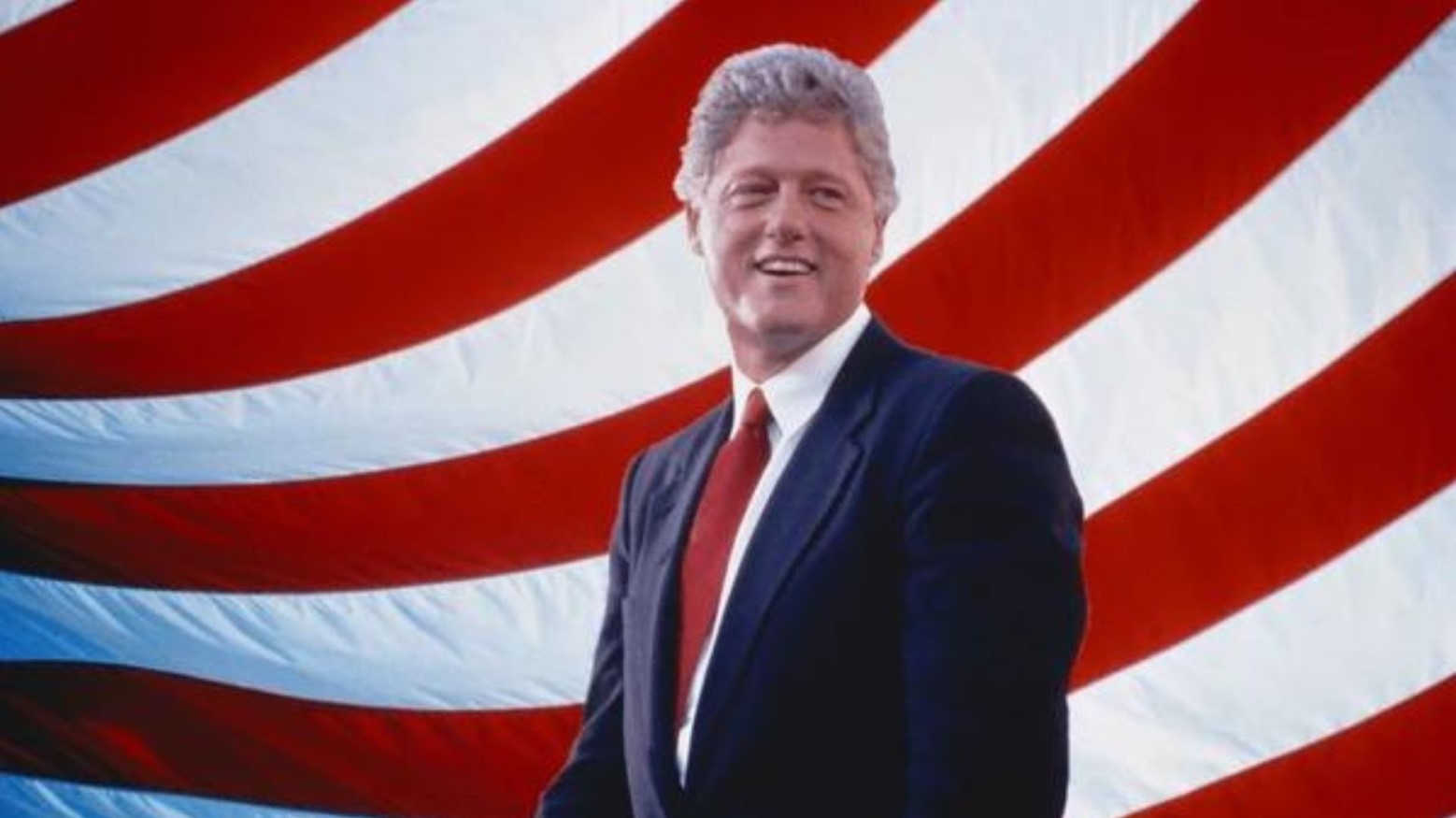
Source: Shutterstock
In fact, unlike the majority of his predecessors, Clinton lowered the national debt and even created a budget surplus in 2000 of over $236 billion.
Joe Biden: 5.7%
When it comes to average overall inflation rates, President Joe Biden certainly sits in the top half of this list. With an average inflation of 5.7% over the past four years, Biden has struggled to lower the rate at all.
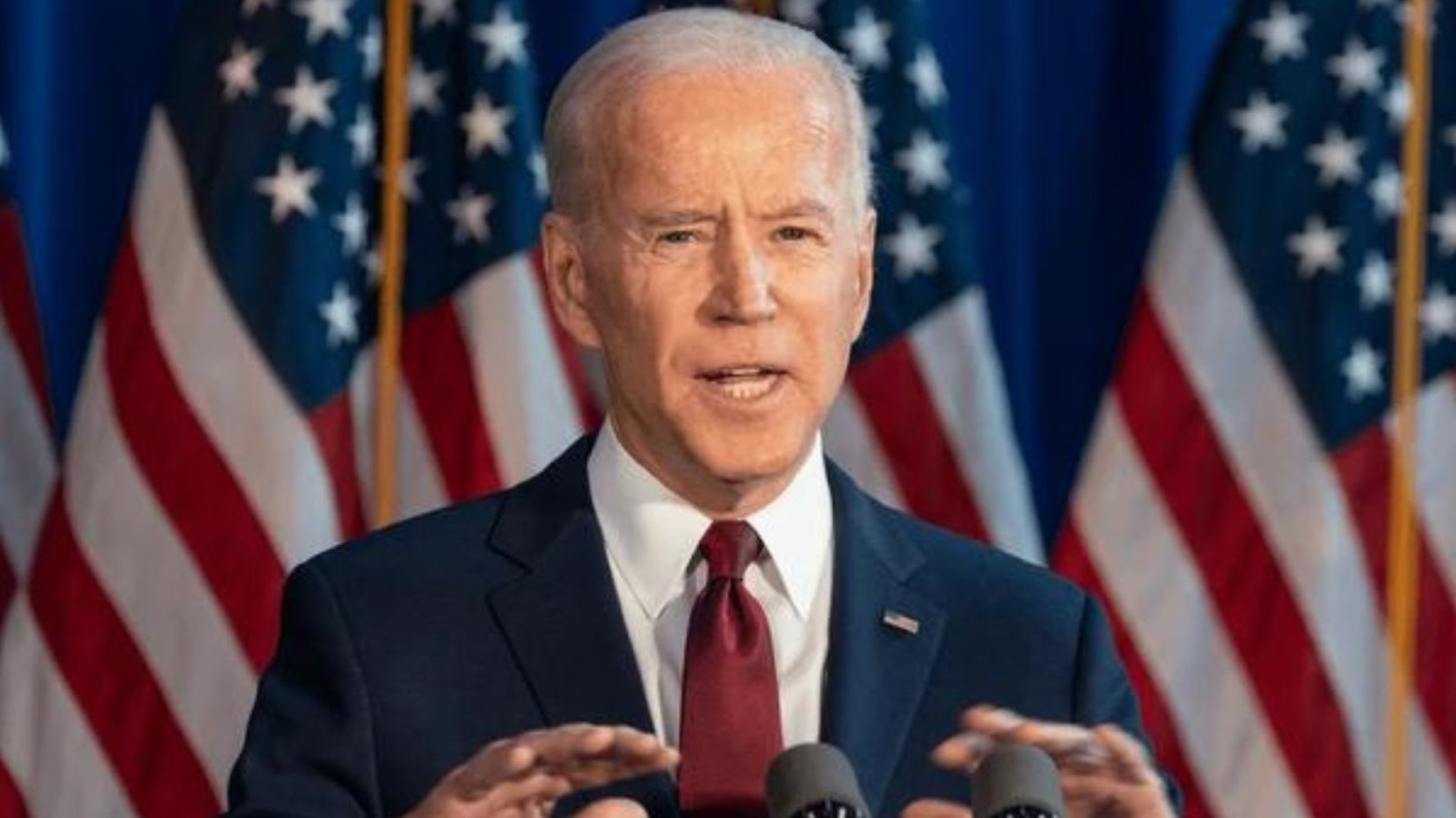
Source: Shutterstock
However, like many before him, Biden has been increasing government spending and initiating several policies to attempt to curtail the growing economic crisis. Now, the question is whether he will have another four years to see his plans come to fruition or if the US will be in the hands of former president Donald Trump in just a few months.
